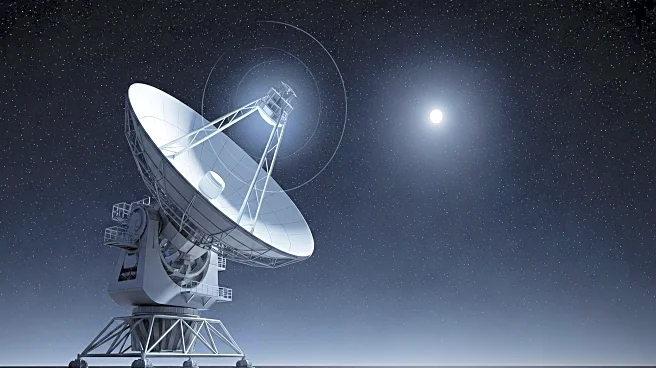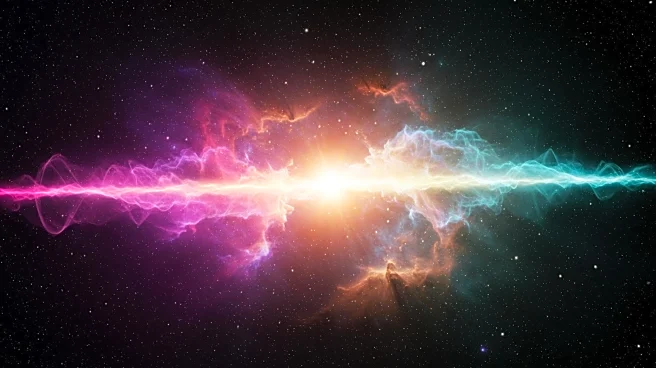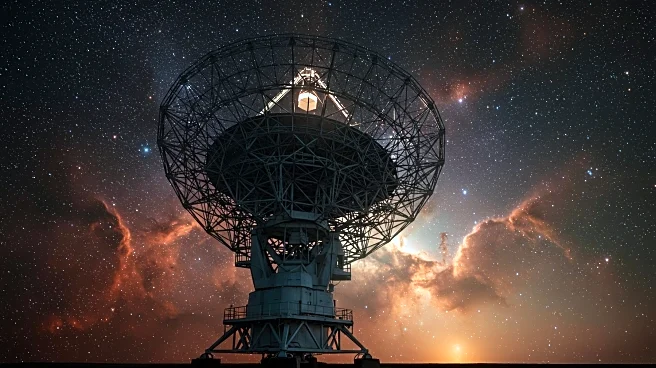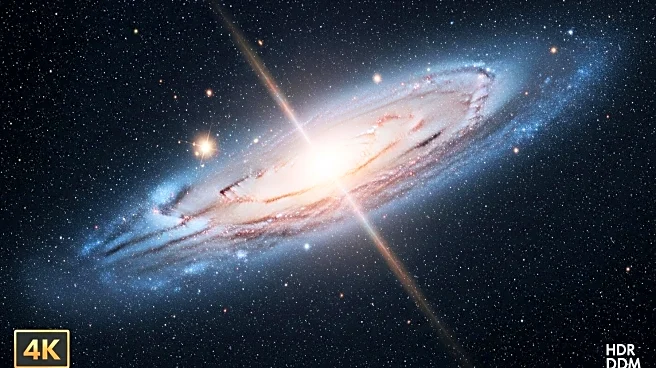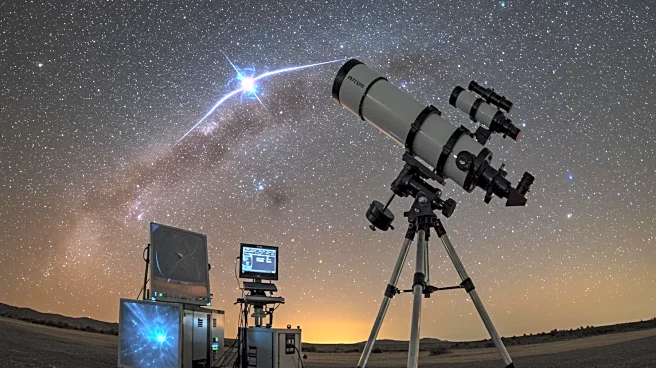Rapid Read • 8 min read
The 'Wow! Signal,' a mysterious radio transmission detected in 1977 by Ohio State University's Big Ear radio telescope, is being re-examined by researchers from the Planetary Habitability Laboratory at the University of Puerto Rico at Arecibo. The signal, initially considered potential evidence of extraterrestrial intelligence, is now thought to have a natural astrophysical origin. The research team, led by Abel Méndez, has re-analyzed archival data and unpublished observations, revealing new properties of the signal. They hypothesize that the signal may have been caused by a sudden brightening of the hydrogen line in interstellar clouds, possibly triggered by a magnetar flare or soft gamma repeater. This study aims to provide a clearer picture of the signal's origin, allowing for more targeted future observations.
AD
The re-evaluation of the 'Wow! Signal' is significant as it challenges previous assumptions about extraterrestrial intelligence and highlights the importance of understanding natural astrophysical phenomena. By suggesting a natural origin, the study shifts the focus from alien life to cosmic events, impacting the direction of future research in radio astronomy. This could lead to advancements in identifying and understanding transient cosmic signals, benefiting scientific communities and potentially altering public perceptions about extraterrestrial life. The findings also emphasize the need for continuous monitoring and analysis of space signals, which could enhance our knowledge of the universe's dynamics.
The research team plans to continue their analysis and share all data from the Big Ear telescope by 2027, marking the 50th anniversary of the 'Wow! Signal.' Additionally, the Wow@Home project has been launched to enable citizen scientists to participate in the search for similar signals using low-cost radio telescopes. This initiative aims to expand participation in radio astronomy and improve the detection of transient cosmic events. The project's findings will be submitted to the Astrophysical Journal, potentially influencing future studies and collaborations in the field.
The exploration of the 'Wow! Signal' underscores the evolving nature of scientific inquiry, where initial hypotheses can be revisited and refined with new methodologies and technologies. This case exemplifies the intersection of science and public interest, as the signal has long been a subject of fascination and speculation. The study also highlights the role of citizen science in advancing research, offering a model for engaging the public in scientific discovery and fostering a collaborative approach to understanding complex phenomena.
AD
More Stories You Might Enjoy
